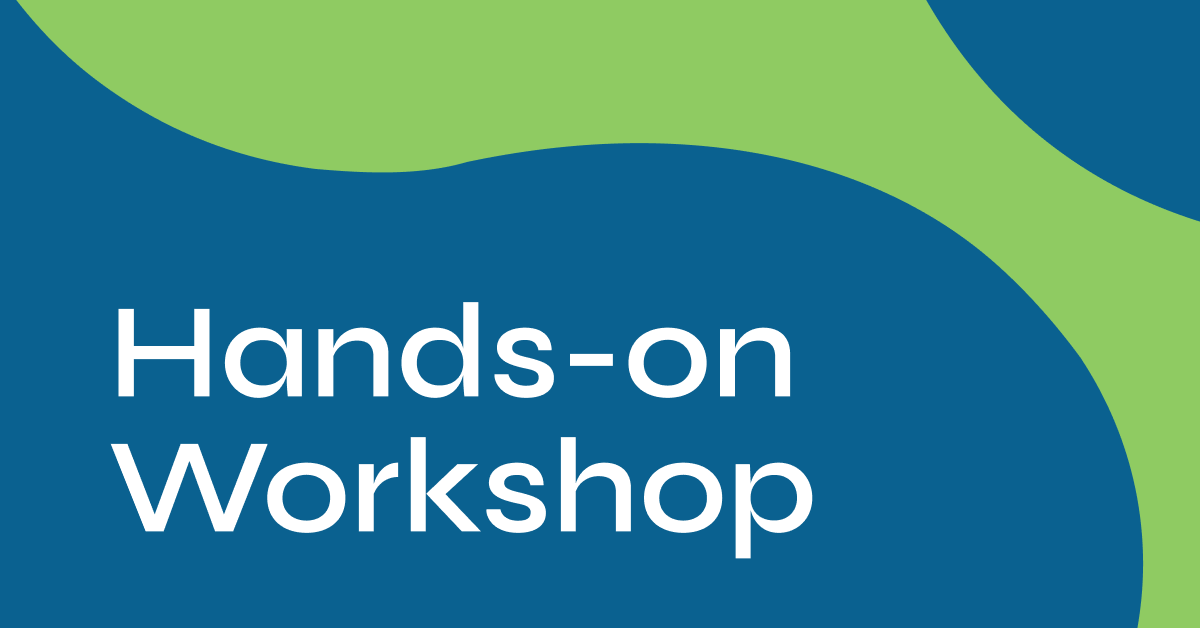
GraphTalk Manufacturing in Munich
Join us in Munich for a half-day dedicated to the manufacturing and automotive industries. You’ll discover how graph technology and GenAI are transforming factory operations, supply chains, and smart industrial ecosystems.





